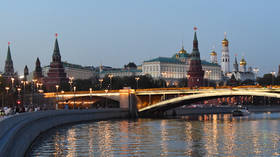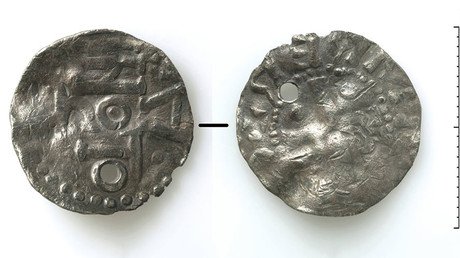Scientists simulate Game of Thrones world's climate

The Stark’s are always right, eventually, and anyone who has ventured outside in recent months will realise that winter is indeed here. We know why that is on Earth, but what about Westeros and Essos?
Well wonder no more, because the good people at the University of Bristol, Cardiff and Southampton have gone and simulated the climate of the Game of Thrones world using the same models they would for our home planet.
Warning this article will contain spoilers, so if you’re not up to date with the latest coming and goings of the lords and ladys in George RR Martin’s classic read no further.
Unsurprisingly, the results show that The Wall until recently the home of the Night’s Watch that guarded the realm of men from the White Walkers for thousands of years, until a zombie dragon burnt it to the ground, has a climate similar to the home of a festive mythical figure, Lapland.
While Casterly Rock, home to House Lannister, the scheming blonde-haired incest fanatics, is more like Texas, hot for anyone who hasn’t been there.
The wind speeds and directions predicted by the climate model help to explain phenomena such as “the dominance of the seas by the Iron Fleet, the likely attack plans of invading dragon hordes from Essos, and the trading routes between Westeros and the Free cities across the Narrow Sea,” a university press release reads.
The author of the study, which is also available in Dothraki and High Valyrian for those who can speak either, is listed as Samwell Tarley, the former Night’s Watchman turned all-round badass Maester.
Though it clearly is a bit of fun the team behind it, being men and women of science, have a serious point. “This work is a bit of fun, but it does have a serious side. Climate models simulate real physical processes which operate in both cooling and warming climates. Scientists working on the SWEET projectt are using exciting novel techniques to reconstruct the climate of super-warm states of Earth's past,” the University of Cardiff’s Carrie Lear writes.
“They are using this information to test state-of-the-art climate models under conditions of high atmospheric carbon dioxide concentrations, similar to those expected by the end of this century.”















